

Great Dixter
Kent, England
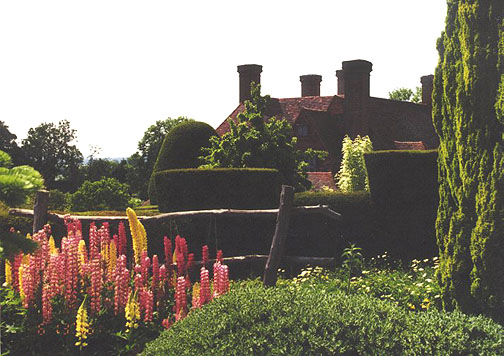
Manor House and lower garden
Great Dixter is a house in
Northiam, East Sussex, England. It was built in 1910–12 by architect Edwin
Lutyens, who combined an existing mid-15th century house on the site with a
similar structure brought from Benenden, Kent, together with his own additions.
It is a Grade I listed building. The garden, widely known for its continuous
tradition of sophisticated plantsmanship, is Grade I listed in the National
Register of Historic Parks and Gardens.

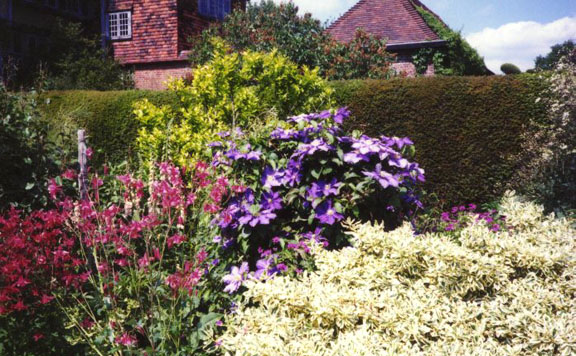
The original Northiam house,
known as Dixter, dating from the mid-15th century, was acquired by a businessman
named Nathaniel Lloyd in 1909. He had a 16th-century house in a similar style
moved from Kent and the two were combined with new work by Lutyens to create a
much larger house, which was rechristened Great Dixter. It is a romantic
recreation of a medieval manor house, complete with great hall, parlour, solar
and yeoman's hall.

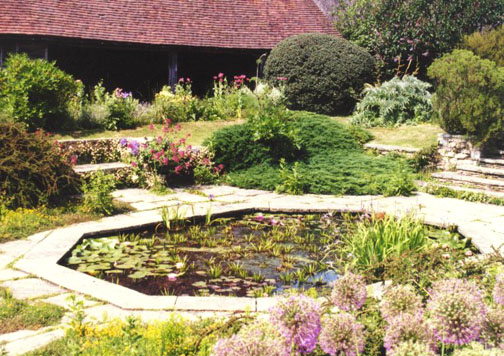
sunken garden
Lloyd and Lutyens began the
garden at Great Dixter, but it was Lloyd's son Christopher Lloyd, a well known
garden writer and television personality, who made it famous. The garden is in
the arts and crafts style, and features topiary, a long border, an orchard and a
wild flower meadow. The planting is profuse, yet structured, and has featured
many bold experiments of form, colour and combination. The garden is currently
managed by Fergus Garrett, who worked closely with Lloyd up until his death in
2006 as Head Gardener and introduced a number of innovations into the planting
scheme.

water lily
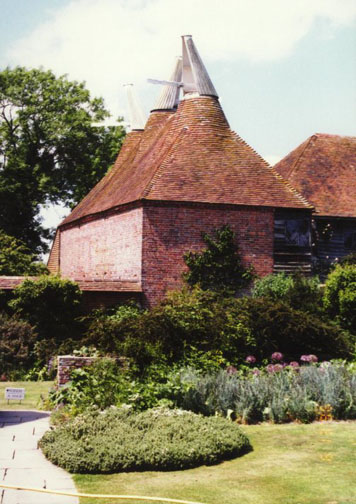
Oast house
In the grounds of Great Dixter are three 18th-century oast houses, under a common roof, and a 15th-century barn. These are Grade II* listed
Text from Wikipedia
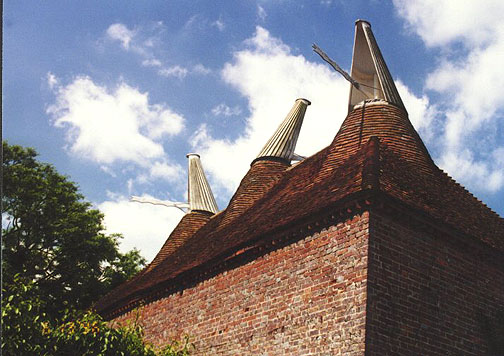
detail of Oast house vent
![]()
![]()